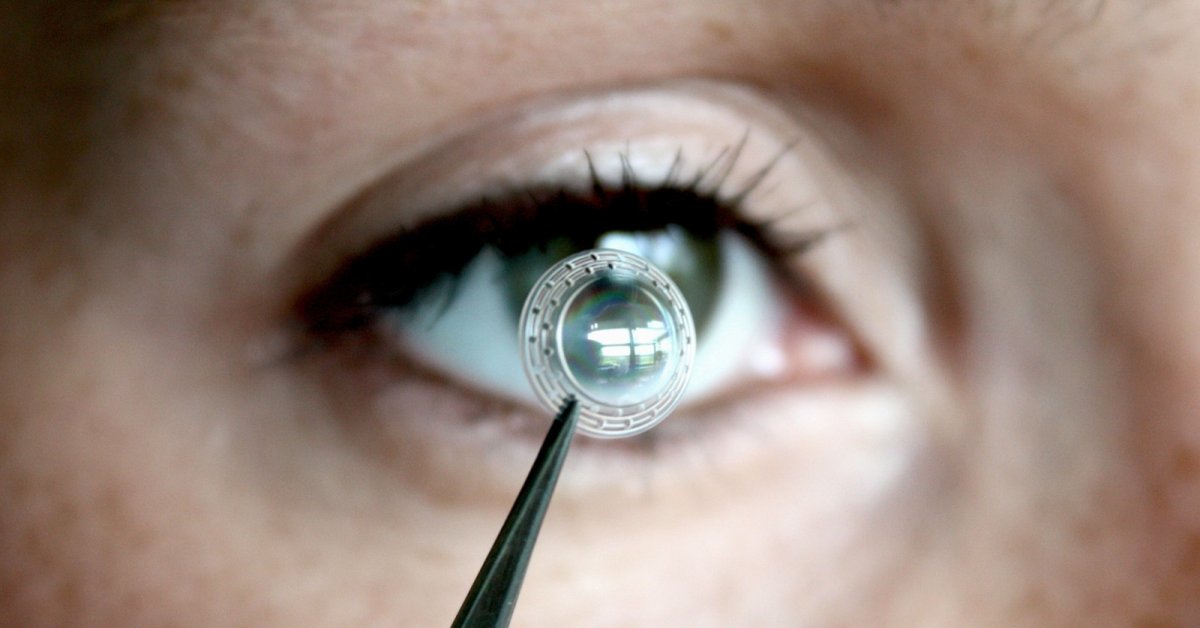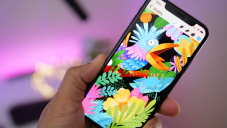Scientists Work On 3D-Printed Artificial Corneas Mimicking Human Eyes
Chitanis - Jun 15, 2019

Scientists have come up with 3D-printed artificial corneas that can mimic human eyes and overcome the disadvantages of previous artificial corneas.
- India’s First 3D-Printed Building With Indigenous Construction Materials
- KFC Plans To Make 3D-Printing Chicken And Add It To Their Menu
- Scientists Use Math To 3D Print The World's Strongest Steel
Scientists have finally succeeded in producing 3D printed corneas mimicking human eyes. Using stem cells to make the bio link, these artificial corneas will help reduce the demand for eye donation.
Corneal transplantation is a procedure needed when a person’s cornea is damaged. However, it often takes time for patients to find and receive eye donations to do this surgery.

The artificial cornea has been studied for quite a long time. Scientists have used recombinant collagen or other chemical substances like synthetic polymer to develop artificial cornea. Therefore, it either does not work well with the human's eye or isn't transparent after it is implanted.
Lately, scientists from Kyungpook National University and Pohang University of Science and Technology in South Korea have made a 3D-printed artificial cornea from bio-ink. This type of ink is made of stem cells and corneal stroma. To be specific, according to research on Biofabrication, the bio-ink is actually a corneal tissue-derived one.
Thanks to the material, the 3D-printed cornea is bio-compatible to human bodies. Furthermore, since the 3D cell printing tech can mimic the corneal microenvironment, the final product is the same as the human cornea.
The cornea is supposed to be a thin outermost layer covering the human pupil in order to protect our eyes from the external environment. Due to being the first layer of the eyes, the cornea has to be transparent to take in light. Besides, it also has to be flexible and able to move easily as the pupil moves.

For previous studies, although scientists have tried to mimic the corneal microenvironment to create artificial corneas that are transparent, the outcome is usually disappointing as the materials limited microstructures from admitting light.
The cornea in human eyes is placed in a lattice pattern, which is directly associated with its transparency. Scientists have noticed this when mimicking the human cornea. Even so, the former corneal transplantation is still limited because of different factors such as low transparency and the use of cytotoxic, etc.
To solve the problem, a group of scientists applied shear stress from the 3D printing to mimic the lattice pattern of the cornea. During the printing process, after ink goes out of the nozzle, a frictional force that generates shear stress takes place. Finally, the team succeeded in making transparent artificial cornea which has a lattice pattern as of human cornea.
Featured Stories

Features - Dec 18, 2024
6 Cutting-Edge Features of Galaxy AI & Lineup of Supported Samsung Smartphones

Features - Jan 23, 2024
5 Apps Every Creative Artist Should Know About

Features - Jan 22, 2024
Bet365 India Review - Choosing the Right Platform for Online Betting

Features - Aug 15, 2023
Online Casinos as a Business Opportunity in India

Features - Aug 03, 2023
The Impact of Social Media on Online Sports Betting

Features - Jul 10, 2023
5 Most Richest Esports Players of All Time

Features - Jun 07, 2023
Is it safe to use a debit card for online gambling?

Features - May 20, 2023
Everything You Need to Know About the Wisconsin Car Bill of Sale

Features - Apr 27, 2023
How to Take Advantage of Guarantee Cashback in Online Bets

Features - Mar 08, 2023
Comments
Sort by Newest | Popular